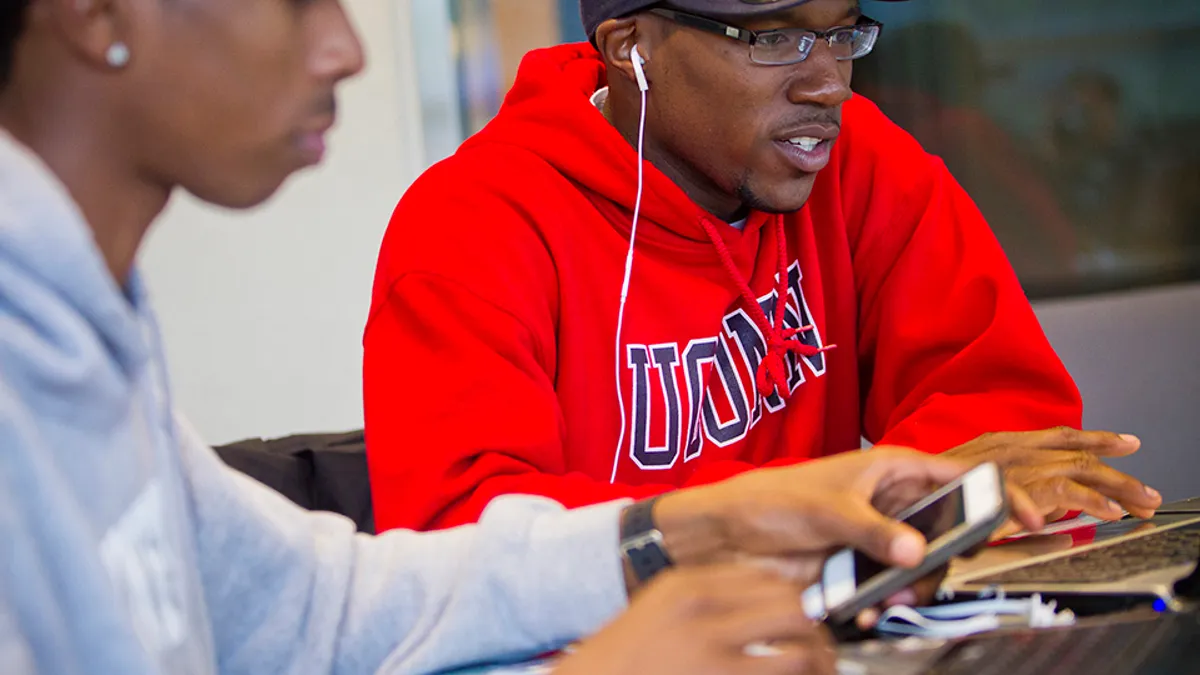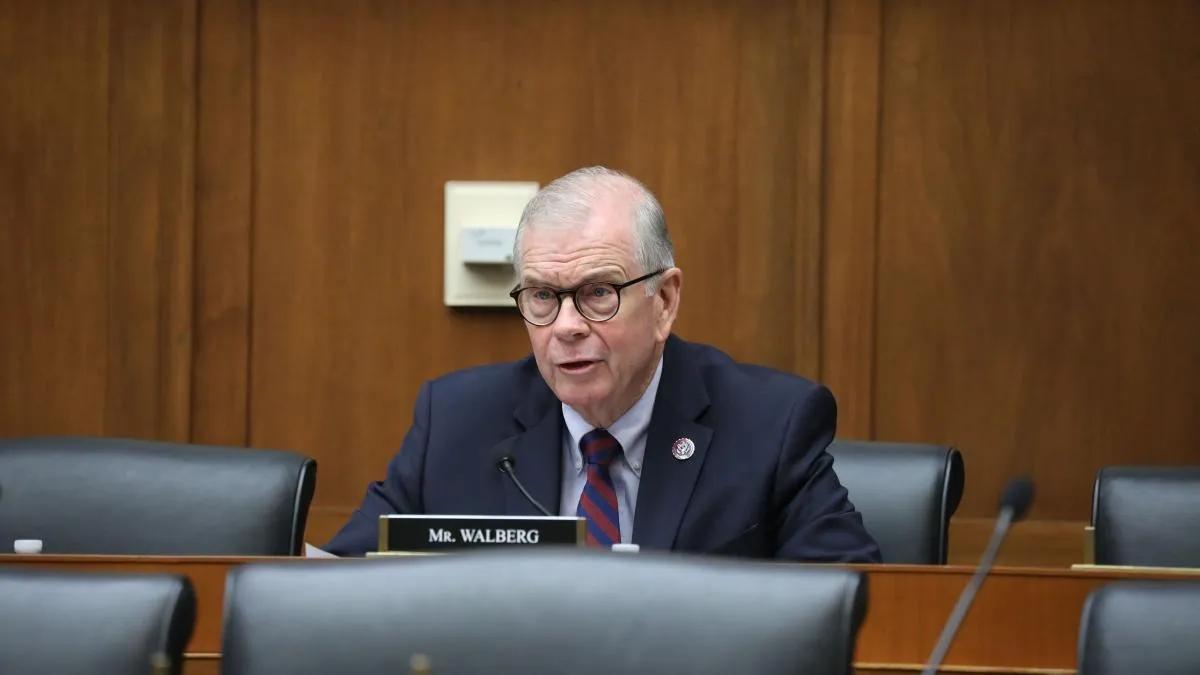Gail Heriot and Peter Kirsanow, founders of the New American Civil Rights Project and members of the U.S. Commission on Civil Rights asked the Office for Civil Rights at the U.S. Department of Education to look into the legality of what they say is an all-black-male dormitory at the University of Connecticut.
-
Heriot and Kirsanow say such a dorm is "heading in the wrong direction," promoting the "ghettoization" of Black males on campus. Not only that, they say the practice of segregating students in this way is a violation of Title VI of the Civil Rights Act of 1964, which prohibits race discrimination on the basis of race at federally-funded universities.
-
Dr. Erik Hines, faculty director of UConn's ScHOLA2RS House, said the idea that this is a separate dormitory for black male students is false; the group will occupy part of one floor of a larger residence hall shared by a number of residential learning communities on campus.
-
UConn is not alone in the trend of grouping students by race and other factors in their living quarters. Cornell University, from which Kirsanow graduated, was one of the first to create self-selected segregated housing. Today, institutions across the country, including UC Berkeley and MIT have similar arrangements.
-
Proponents say such learning communities promote a sense of community and a safe space for members of an otherwise marginalized population on campus to share their common experiences. Not only that, research shows positive trends in retention and increased graduation rates of students who feel they belong on campus.
Dr. Erik Hines, director of UConn's ScHOLA2RS House — which stands for Scholastic House of Leaders who are African American Researchers and Scholars, said the idea that the house is a segregated dorm is a misnomer.
First of all, said Hines, "We don't even have enough black men to fill up a dorm." Instead, residents of the ScHOLA2RS House will share a space with several other groups and will "be housed on a floor with another learning community, called the Innovation House," which includes maker spaces.
Second, he said, the idea of learning communities on UConn's campus "is nothing new." ScHOLA2RS House is one of 19 learning communities on the campus that group students along lines of culture, gender, major similarity, moral interest (such as the Human Rights & Action House) and a number of other categorical groupings designed to "provide cohorts of students with opportunities to investigate areas of interest, either based on their major or an interdisciplinary topic, through guided courses and co-curricular activities."
While any student can apply to ScHOLA2RS House, its intent is to help black male students feel connected.
With the black male population at the University of Connecticut not reaching 3%, Hines said it was important "to provide a space where men of color can talk about the African-American experience on college campuses" to better support these students.
Campus and nationwide data show that black males graduate at the lowest rates in the nation and point to a need for intentional intervention efforts to retain these students through to graduation.
Kirsanow said this does more of a disservice to the students.
"I think all students are harmed by this type of racial isolation," said Kirsanow.
"Universities are not places for ethnic navel-gazing, they should be places where our intellects are broadened, where our comforts are challenged, where our interactions" include those who do not look or think like us, he said. The university environment, he continued, "is supposed to promote inquiry into a variety of disciplines, and where you have students that spend significant portions of their academic life and workday interacting only with students of one race, that is contrary to the university ideal."
But tackling feelings of "onliness" — carrying the burden of being the only person who looks like you on a campus — addressing micro-aggressions and promoting a sense that "you belong here" are huge challenges for many African-American students on large campuses. If one were to look only at the proliferation of racial tensions and campus protests breaking out around the country, it would be easy to draw the conclusion that more needs to be done to support these students.
Kirsanow admits "if you look at the timing of this, you'd have to have your eyes closed" not to notice a correlation between ideas like the ScHOLA2RS House and the proliferation of racial tensions leading to campus protests breaking out around the country. However, he said, administrators choosing to respond to those protests with "this promise to have this black dorm" is irresponsible.
"College administrators, not all of them, but there are those that find it easier to capitulate to the demands of 18- and 19-year-olds than to stand for the principles of Western civilization … and do the right thing," he said. "The right thing," as Kirsanow sees it, is to break students from their comfort zones, push them to engage with people who do not look like them and "promote cross-cultural understanding."
"Our job as adults is to prepare our children and prepare our students for the real world, and the real world is not full of safe spaces," he said. "Sometimes it's tough."
Hines contended this level of preparation is exactly what ScHOLA2RS House is intended to achieve. Beyond just living on the same floor of a residence hall, the community is designed to introduce the students to more black faculty, who can serve as mentors, help expose the students to research, opportunities to study abroad and generally help them navigate the college environment.
"Our learning community is based on creating the next generation of doctors, lawyers, judges pharmacists, professors that can come back and not only contribute to our community but continue to help other young men see that these are opportunities" available to them as well, he said.
Would you like to see more education news like this in your inbox on a daily basis? Subscribe to our Education Dive email newsletter! You may also want to read Education Dive's look at how Strayer is using partnerships and "viral" courses to transcend the for-profit fray.



















